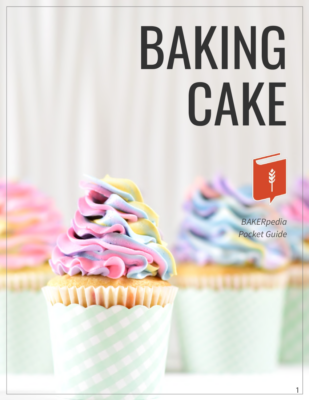
Cake is obtained from a chemically leavened batter that results in a spongy and airy texture. There are thousands of cake recipes and variations, but there are some consistencies in defining cake. Cakes are typically circle in shape, however many cakes are also rectangular, or cut into specific shapes in order to be decorated. Cake is almost always sweet, which differentiates cake products from bread, which is typically not sweet. Additionally, cake is often made from a batter, which is much more liquid than dough. Cakes are often named based on their primary ingredients, such as butter cakes, or their shapes, such as Bundt cakes and layer cakes.
Cakes have a long history that starts with cheesecakes in ancient Greece. Cheesecake in Greece resembled more of a modern day pie, but it is the first mention of a type of cake. These types of disk-shaped cakes were often made as offerings to the gods. The romans continued this practice, and also introduced fruitcake. These dense cakes became popular during the rule of the Roman Empire. Early cakes such as these were more like what is called bread in modern day. This is especially true because any leavening would have been done with yeast. A key distinction between cakes and bread from the Romans and during the dark ages is that cakes were sweet and round, while bread could be many shapes, and was often savory and larger.
In the renaissance, Spain introduced a type of sponge cake by whipping egg whites. This was a substantially lighter and airier form of cake than had been previously known. However, this process was time intensive and difficult. The industrial revolution changed this by introducing chemical leavener to the baking industry. With the addition of baking powder and baking soda, cake baking became simplified and brought into the common household.
Cakes are typically made with some combination of flour, eggs, butter or oil, leavening, salt, and sugar. There are literally thousands of variations on this including additions of ingredients such as fruit, nuts, and spices. Cake is commonly used as a celebration for birthdays and weddings in the United States. These sorts of cakes are often decorated with icing and fresh fruits, as well as sprinkles and candies.
Download our Baking Cake Pocket Guide to learn more!


